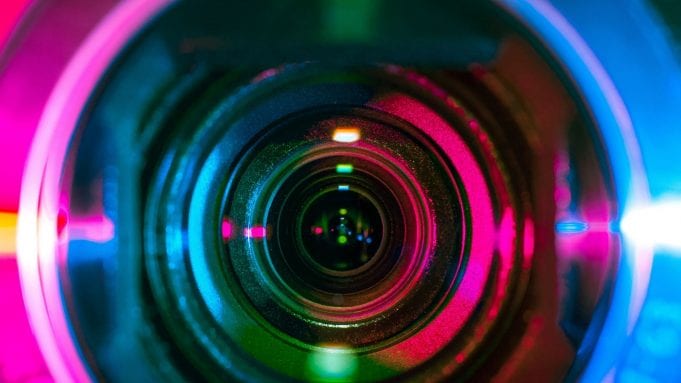Did you know that video represents 74% of all online traffic? And including them on your landing page can increase your conversions up to 80%? This is a statistic from the latest Insivia Video Market survey and helps you understand the importance of producing professional videos for company websites, blogs, and social media.
Currently, anyone who uses a smartphone can record videos and post on the network. In this web-flow, increasingly well-executed productions, with good picture and audio quality, are needed for videos to differentiate and get an edge. The goal is to win the audience and keep them coming back to your page.
It is a mistake to think that to professionalize a video you have to spend a lot of understanding complex editing tools. This post will help you understand how to produce high-quality videos through basic resources and techniques.
1. Plan a professional video

Before starting any record, you need to plan your content to make it easier for you to organize your team, avoid running away, and ensure the ultimate results. The priority is to determine the purpose of the video and the intended audience.
Then you need to determine the theme, the time of the video and all logistics of the recording, putting the information in the script. In some cases, you need to convert your video format that’s why you need to know how to convert MP4 to MP3, for example. If you are interested more about this topic, check videoconverter.wondershare.
The basic script must contain:
– A brief description of the scene;
– place of recording;
– The text of the speech is arranged and with the name of the speaker;
– Narration is dead (if any);
– Desired Camera Frame;
– Letters: Indication of graphic elements such as GC (Character Generator), sketches, art, animation, and other elements to place the video editor later;
– Soundtrack and sound effects (if any).
At this stage, I also set a project budget. Consider investing in equipment and inviting people who can add to your content. But keep in mind that even with a low budget, it’s possible to produce professional videos with some of the techniques we will show below.
2. Environment and scenery
The elements that should be considered for an ideal recording environment are the noise level of the place, the quality of natural lighting and scenery. But this is not at all complicated: only a quiet place with a controlled light input and a white or neutral background are needed for clean recording without outside interference.
If it’s possible to invest a little, there are ways to further improve this scenario! What you can add:
Chroma Key
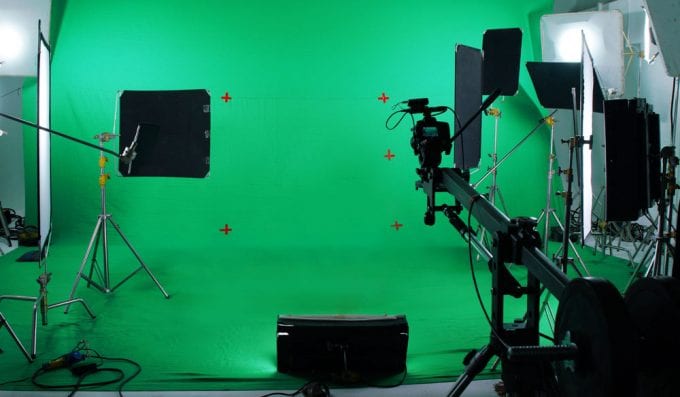
The chroma key comes from the traditional green or blue background used in filmmaking (currently the green background is the most widely used), which is behind the screen and then edited with visual effects to simulate scenes and scenes.
In the case of business videos, the chroma key is “truncated” into editing software and replaced with a neutral background to professionalize the presentation. For good results, the use of chroma keys requires good stage lighting and skilled technicians to edit it.
There is also a feature called chroma live lock from some software that allows you to edit scenes in real-time. This effect is very interesting, especially for live webinars and videos. One warning is for people who want to record their own videos on their notebooks: a live chroma key requires concentration and an extra pair of hands to do the editing together with streaming. In this situation, it is recommended to use a fixed scenario (banner), which produces the desired neutral environment without the need for digital editing.
Lighting
Enhance the scene with strategically located spotlights to support who was filmed. There are light kits that are easily found in electronics stores and consist of a set of light points to be distributed in your recording environment.
Experience different lighting points by adapting them to natural light and eliminating shadows on the faces of the people being filmed. The best thing to do is to keep a distance between the bright light and the face, and place the spotlight behind the camera and on the speaker’s side.
3. Equipment
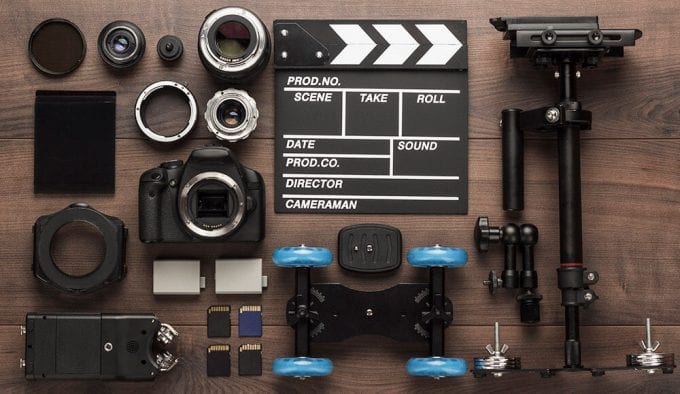
Besides the ideal environment, to produce professional videos you need some kind of video capture and audio equipment. The basic infrastructure is a notebook camera and a USB microphone. Some notebook specifications are important for making quality recordings and running video production and editing software: look for a 5th generation i7 computer with 8GB of RAM. And don’t forget special software such as Uniconverter.
If you want to use a camera, there is equipment that will provide excellent results with very attractive cost benefits. Here are some possibilities for cameras, microphones, and tripods for various types of budgets:
Webcams
This is the lowest-cost type of camera on the market that provides relatively good Full HD video quality. Brands like Logitech and Microsoft already come with microphones and guarantee professional audio.
Camcorders
Semi-professional and professional cameras provide excellent results. The choice between various models and brand options is very dependent on the design and expertise of the camera operator.
There are several recording formats such as VGA, HD, Full HD, and 4k, the most sophisticated. The difference between them is image resolution, in order of increasing quality. Full HD is great for Video Marketing because it is one of the best camcorders available on the market with the best value for money.
Even HD quality is quite satisfying and ideal for manufacturers who want good image resolution but don’t want to invest in a Full HD camera. The VGA format is more outdated and is not recommended for anyone who wants to produce professional videos.
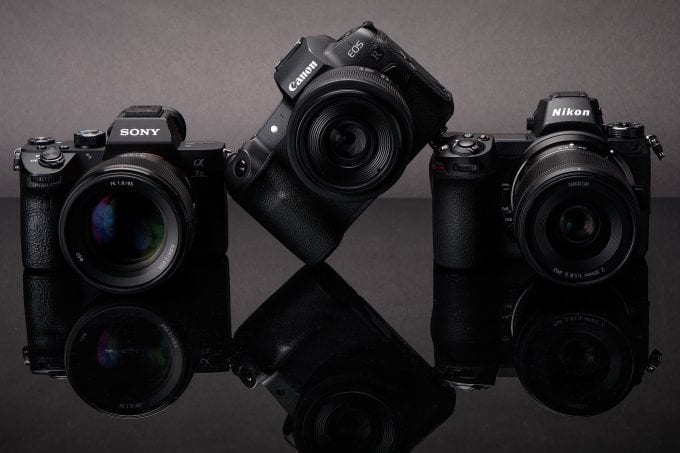
As for 4k recording, the resolution is 4 times higher than Full HD. The use of this type of image is debatable in amateur filmmaking because without expertise the full potential of this type of equipment is not explored. The great advantage of 4k recording is its flexibility in post-production, enabling, for example, quality digital zoom.
However, this file type is quite “heavy” digitally and also requires investment in a memory card, because a half-hour recording, for example, occupies about 128 Gb of memory. Additionally, a maximum image resolution of 4k will only display correctly on the same sophisticated monitor.
Therefore, when choosing the most cost-effective equipment, all of these factors need to be considered, not having to invest in the most sophisticated camcorder. Read more in this article about the comparison between Full HD and 4k. As for brand tips, Sony, Canon, and Nikon are the most suitable because they are available in various image resolution options. In addition, they have a microphone input and various types of accessories and lenses.
Tripod
A tripod is necessary to prevent blurry or unfocused images, especially if there is movement. Tripods range from photography (which holds the camera) to semi-hydraulics and hydraulics, which have swivel adjustment and mobility (Pan and Tilt). Brands like Velbon and Benko guarantee the best value for money.
Microphone
Microphones are important to ensure the quality of sound recordings of all types of cameras. The audio quality is superior to the built-in camera microphone. The most common microphone for webinars and lectures is a wireless lapel microphone, which is easily hidden in the announcer’s clothes. Some great brands are Lesson, Sony, and Shure.
4. Shooting Tips
With all of this structure, don’t forget everything with poorly executed records. Points of concern are framing and angle of shooting and camera movement. It’s important to vary between open (farther) and closed (closer) planes to avoid monotonous video.
5. Edition
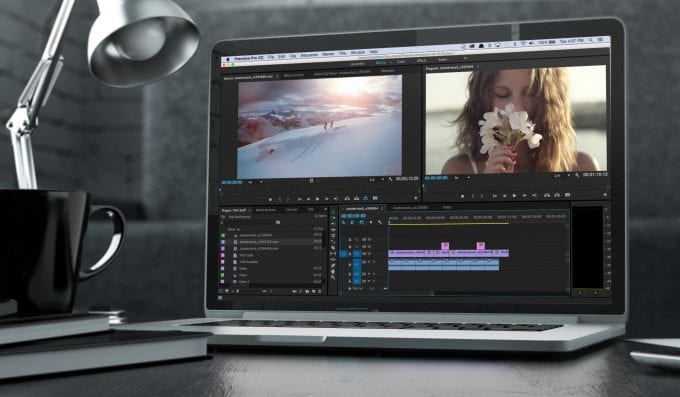
Finally, basic edits will always be needed to perfect the final results. Eliminate noise, cut out wrong scenes, correct brightness, and so on. Beyond the basics, some other features add a very professional look to the video:
– Vignet: This is the opening and closing screen, usually accompanied by a white track (music for non-copyright reproduction). This sticker shows the company logo, video theme, etc.
– CG: stands for Character Generator and are the names that appear on the screen to present guests and make subtitles.
– Watermark: This is brand insertion in the video footer, which makes piracy difficult and results in marketing.
After these steps, your video will be ready to be sent to all of your networks.

